There is another factor involved in process that is not quite directly related to time but is just as fundamental. If we take Einstein's cue that time is the fourth dimension (space-time as some would say, binding time with the three dimensions of space) then perhaps the other dimensions need to be teased out a little. Depth, width and height bring us location in space, which is obviously one way of determining our physical place in a process, the fourth dimension of time determining when we are in a process, and the four together describing a pretty good map of the process in general. I would suggest that, at least in terms of a process, there is a fifth dimension, and that fifth dimension has everything to do with orientation. In other words, not just where we are, at this time, but what direction are we pointing toward?
Let's think back to my youth and that reading of 'War and Peace'. At that time in the process I'll call 'my development' I was, shall I say, disoriented. A friend at the time labeled it 'Modern Americanitis', a borderline pathological condition exhibited by many of the boomer generation as the counter-culture of the sixties collapsed with the end of the Vietnam War and the demise of the hippy movement. In my case I was drifting without clear orientation, and because of this the arc of my personal development was more than a bit fuzzy. When I read the Tolstoy novel and experienced that aesthetic moment I already had a place in three dimensional space and fourth dimensional time, but the fifth dimension of orientation was tenuous and shifting. What that profound aesthetic moment did was establish a definite orientation, and with that the developmental process could proceed.
Of course there were many such moments that helped adjust my orientation toward creativity. One memorable one was a visit to the Mark Rothko Chapel near Houston, just sitting quietly surrounded by those amazing color-field paintings. Another came years later in a cathedral in San Francisco listening to a performance of Benjamin Brittens's 'War Requiem', a performance which left the audience of several hundred in attendance in a stunned silence for many minutes after the conclusion, nary a clap or bravo as we all tried to absorb what we had just experienced. And perhaps to reorient ourselves a bit.
While recently pondering this idea of orientation as the fifth dimension I happened to pick up another book on Buddhism - 'Zen and the Psychology of Transformation', published in 1955 by a French psychiatrist, Hubert Benoit. This is a deeply thoughtful and densely written book by someone who had obviously spent many years exploring the nature of mind both in the context of western psychoanalysis and of Zen Buddhist philosophy.
Benoit's book is primarily a series of essays exploring the Zen Buddhist notion of satori, something akin to enlightenment, or Christ Consciousness, liberation or ultimate freedom. It was here that I was given a slightly different but essential interpretation of the Buddhist Doctrine of Dependent Origination, which I have written of previously. In that discussion I declared Dependent Origination as fundamentally a doctrine of cause and effect. In speaking of the attainment of satori I might have stated that that attainment would be the result of the correct series of causes - perhaps many hours of sitting meditation, contemplation of Buddhist teachings, of following the Way of the Eight-fold path, etc...in other words, follow the recipe, the 'practice', and satori will occur: cause and effect. However, Benoit points out that, according to Zen Masters who have achieved satori, satori is not caused, is not the result of effort; it is in fact already here now, closer than the tip of your nose. You and I are just blind to it. Then he quotes the Buddha himself on Dependent Origin - "This being so, that happens". Notice the subtlety here - the Buddha didn't say "This being so causes that to happen". It is rather, "This being so is the condition for that to happen. It took me awhile to grasp this subtle distinction, but once I did it became apparent that "This being so, that happens" could potentially be rephrased as "This orientation being so, that happens". The orientation doesn't cause that to happen, it is a necessary condition for that (satori, or perhaps a delicious fruit pie) to happen.
And so, in the context I'm exploring of aesthetic experience, orientation suddenly becomes an important element that is influenced, or perhaps we might say adjusted, by the condition that the aesthetic experience creates in its interaction with the receiver of that experience ( or, to hearken back to the philosopher Charles Taylor, the web of interlocution that is a condition of that experience).
I'm thinking things start to get very interesting when one finds oneself wandering in the fifth dimension.....
To be continued...
Subscribe to:
Post Comments (Atom)
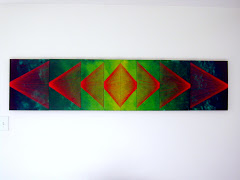

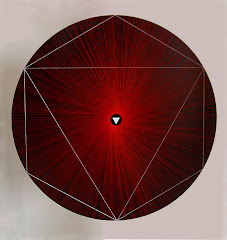
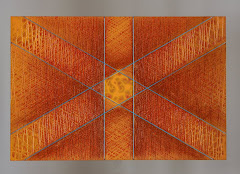
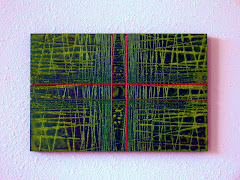
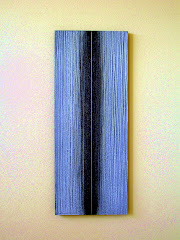.jpg)
1 comment:
... just love this Jeff... you are pointing to such truths is a way that cleanly clarifies... thank you so much for your writing and for your incredible art... and for Direction...
Post a Comment